From the Dominion of Canada Sessional papers:
"As early as the 14th March 1865, Her Majesty's Minister at Washington called the attention of the Government of the United States to the fact of an extensive conspiracy on the part of the so-called Fenian Brotherhood, and pointed out that officers in the service of the United States had taken part in the proceedings of that body. There can be no doubt whatever that the Government of the United States was fully cognizant of the preparations for the invasion of Canada, which culminated in the Raid of 1866."
"Although it had been warned of the danger to be apprehended from the Fenians, it took no active measure."
"As early as the 14th March 1865, Her Majesty's Minister at Washington called the attention of the Government of the United States to the fact of an extensive conspiracy on the part of the so-called Fenian Brotherhood, and pointed out that officers in the service of the United States had taken part in the proceedings of that body. There can be no doubt whatever that the Government of the United States was fully cognizant of the preparations for the invasion of Canada, which culminated in the Raid of 1866."
"Although it had been warned of the danger to be apprehended from the Fenians, it took no active measure."
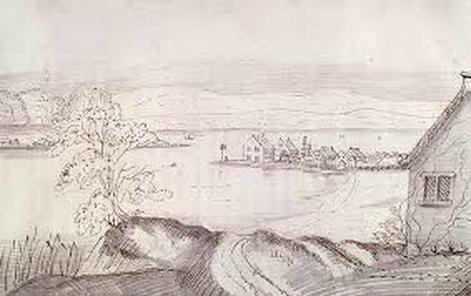
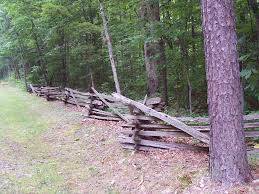

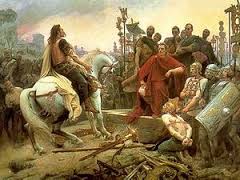
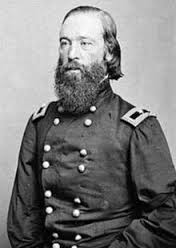
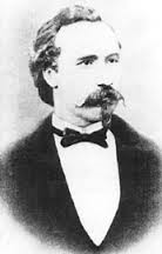

 RSS Feed
RSS Feed